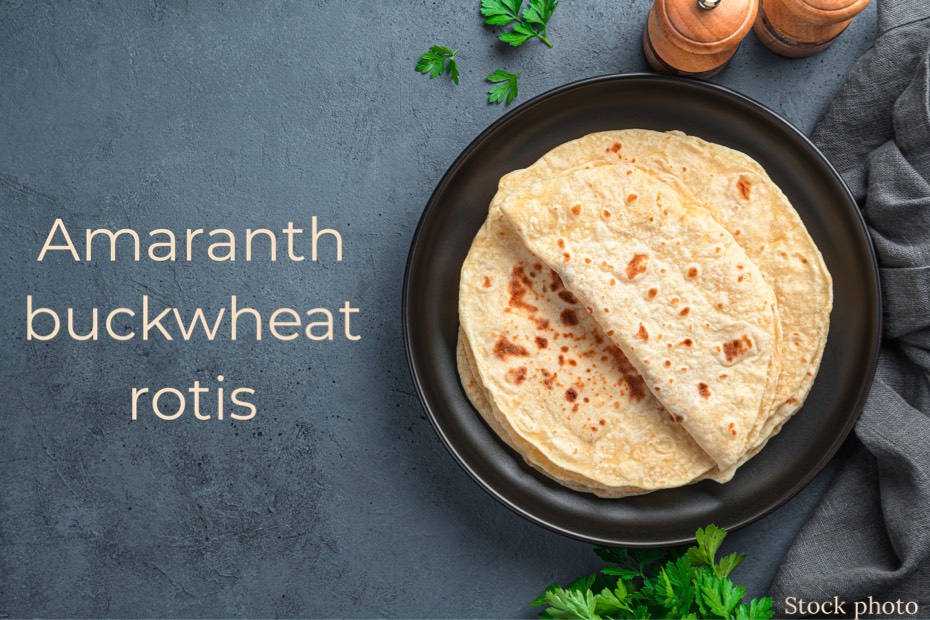Once a staple of ancient civilizations like the Aztecs and Incas, amaranth is experiencing a renaissance in modern cuisine. From its origins to its impressive nutritional profile and versatility, here’s why the grain is capturing the attention of health-conscious individuals and food enthusiasts.
A brief history of amaranth
Amaranth, scientifically known as Amaranthus, traces its roots back thousands of years to Central and South America. Historically, it held significant cultural and religious importance among indigenous civilizations. Revered for its resilience and nutritional value, amaranth was often used in religious ceremonies and as a dietary staple.
Today, amaranth is cultivated in various regions across the globe, including Mexico, Peru, India, China, and parts of Africa. It is still consumed and grown primarily in South America. Its adaptability to diverse climates and soil conditions makes it a viable crop in both tropical and temperate regions.
Amaranth is considered a “climate-smart” crop, which means that unlike wheat, which is severely affected by drought, amaranth plants are drought-tolerant.
Amaranth as a wheat alternative
One of the primary reasons for amaranth’s surge in popularity is its status as a gluten-free grain. With an increasing number of people adopting gluten-free diets due to celiac disease, gluten intolerance, or personal preference, there is a growing demand for alternative grains. Amaranth fits the bill perfectly, offering a nutritious substitute for wheat and other gluten-containing grains.
Furthermore, it’s considered a “climate-smart” crop, which means that unlike wheat, which is severely affected by drought, amaranth plants are drought-tolerant. This makes it a suitable crop for nutritional security, especially as climate predictions indicate that droughts will be more frequent and consequently, global supply will be affected.
Nutritional benefits
Both the leaves and the seeds of amaranth are rich in nutrients. Here are some key nutritional benefits:
- Protein-Rich: Amaranth is exceptionally high in protein compared to other grains, making it an excellent plant-based protein source for vegetarians and vegans.
- Rich in Essential Nutrients: It is packed with essential vitamins and minerals, including iron, magnesium, phosphorus, and potassium. Additionally, it contains high levels of calcium, making it particularly beneficial for bone health.
- Gluten-Free: For individuals with gluten sensitivities or celiac disease, amaranth offers a safe alternative without compromising on taste or nutrition.
- High Fiber Content: Amaranth is rich in dietary fiber, promoting digestive health, regulating blood sugar levels, and aiding in weight management.
- Antioxidant Properties: It contains potent antioxidants like vitamin E and phenolic compounds, which help combat oxidative stress and inflammation in the body.

Check out this easy-to-prepare recipe for amaranth and buckwheat rotis here.
Amaranth’s culinary versatility
Amaranth’s versatility in the kitchen makes it a favorite among chefs and home cooks. It can be enjoyed in various forms, including:
- Whole Grain: Cooked amaranth grains have a nutty flavor and a pleasantly chewy texture, perfect for pilafs, salads, and porridges.
- Flour: Ground into flour, amaranth can be used in baking recipes to create gluten-free bread, muffins, pancakes, and cookies.
- Popped Amaranth: Similar to popcorn, amaranth grains can be popped and seasoned for a nutritious snack or used as a topping for salads and soups.
- Thickening Agent: Amaranth flour can also be used as a thickening agent in soups, stews, and sauces due to its binding properties.
- Amaranth leaves: The leaves of amaranth are also used in cooking, the easiest method being stir-frying them in some oil with spices. They are good sources of lysine and methionine, two essential amino acids, aside of all the other nutritional benefits that amaranth offers.
Want to cook with amaranth? Check out some recipes here.
Conclusion
Amaranth is more than just a gluten-free grain—it’s a nutritional powerhouse. Experts believe its unique health benefits include stimulating growth and repair in the body, reducing inflammation, preventing chronic diseases, boosting bone strength and lowering blood pressure.

